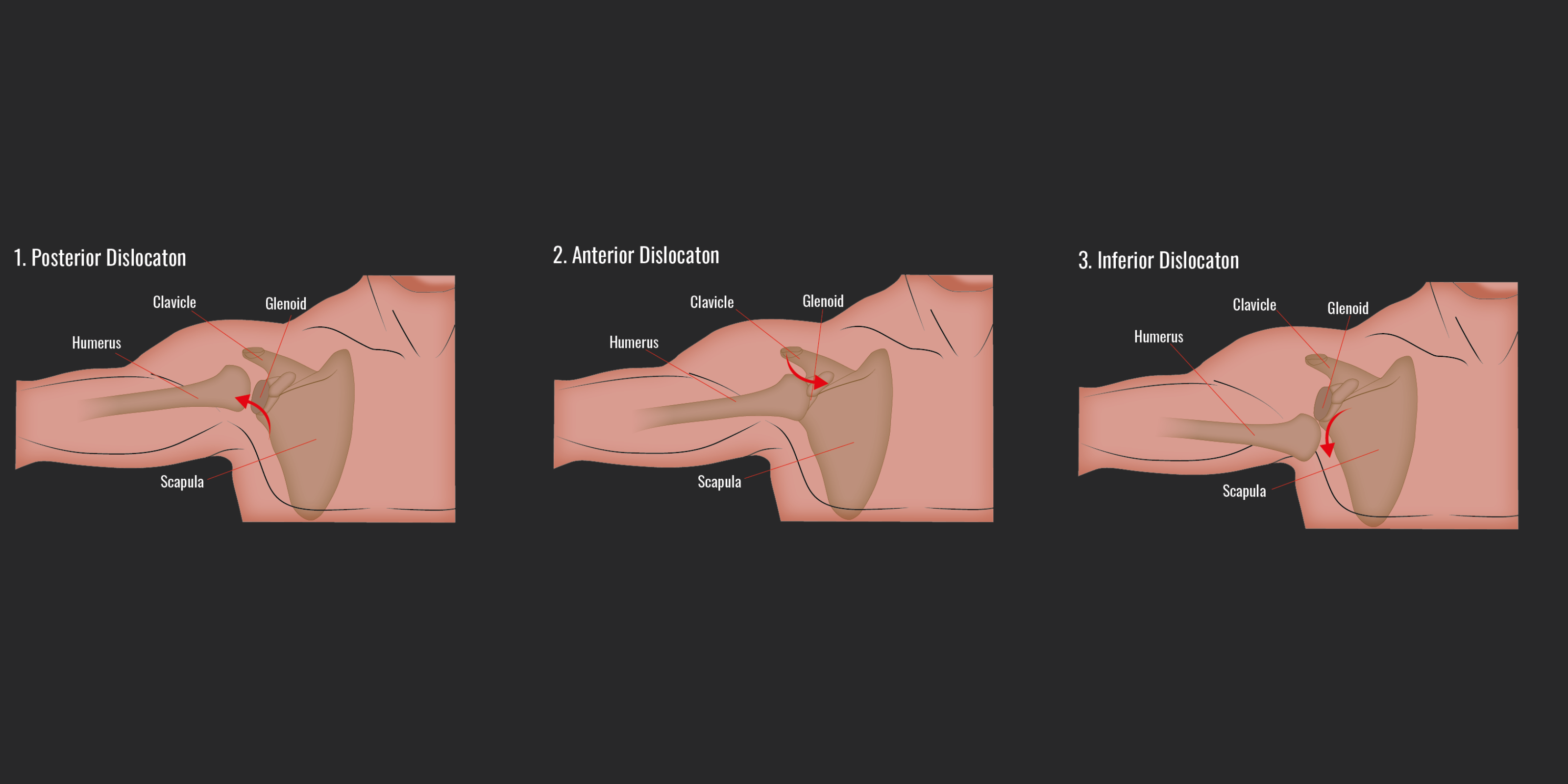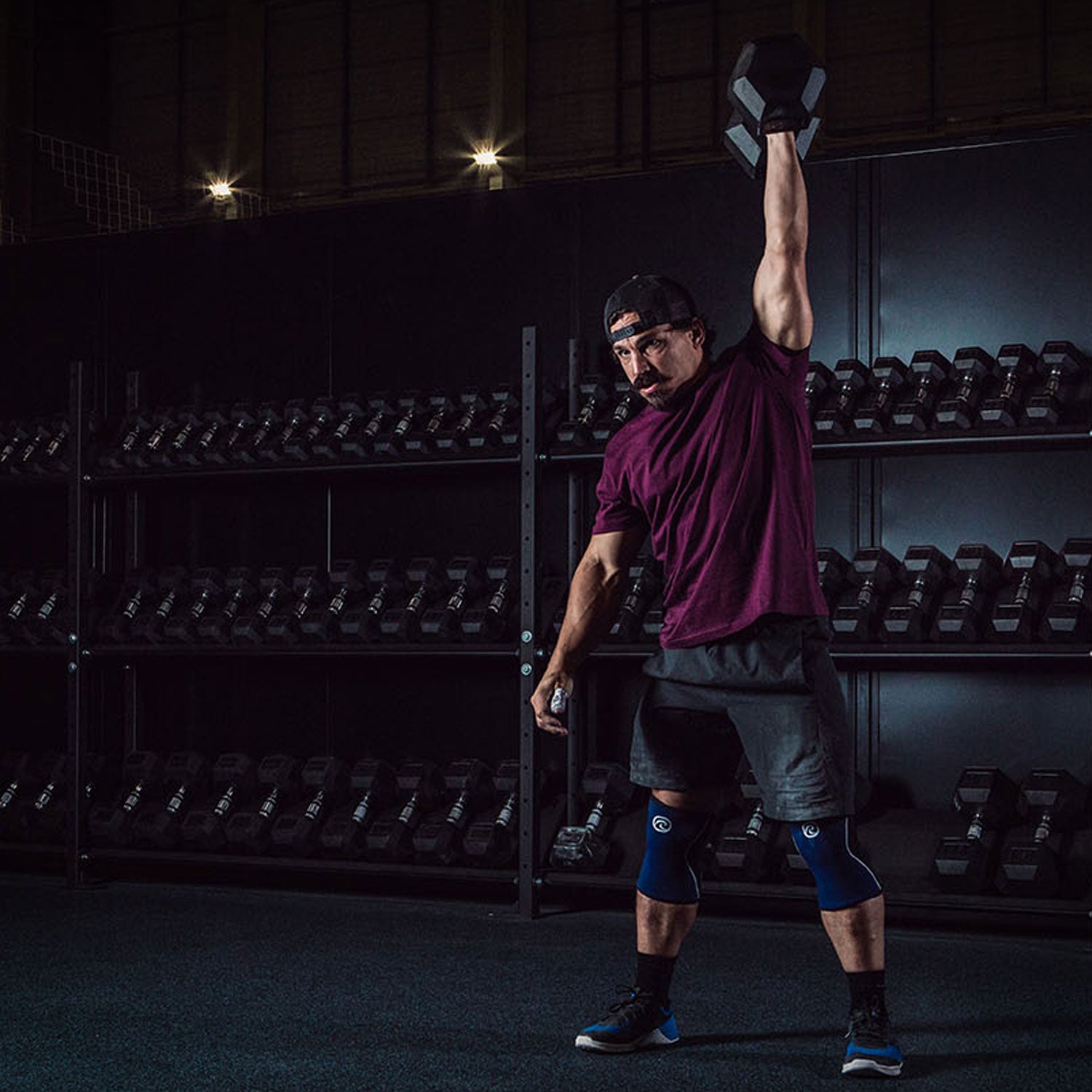
Inzicht in een schouderluxatie
Een schouder uit de kom treedt op wanneer het bot van de bovenarm (humerus) uit de komvormige holte (glenoid) van het schouderblad wordt gedrukt.
Dit gebeurt vaak als gevolg van een traumatisch letsel, zoals een val op een gestrekte arm of een directe klap op de schouder.
Wanneer de schouder uit de kom schiet, veroorzaakt dit meestal hevige pijn en een zichtbare misvorming.
Bij een schouderluxatie raken vaak niet alleen het bot beschadigd, maar ook de omliggende weke delen zoals kraakbeen, banden en gewrichtskapsels, wat kan leiden tot langdurige instabiliteit en pijn in het gewricht.
De eerste symptomen van een schouder die uit de kom is, zijn onder andere ernstige pijn, onvermogen om de arm te bewegen en een zichtbare vervorming van de schouder.
Sommige mensen ervaren ook zwelling, blauwe plekken en spierspasmen.
Een schouderluxatie kan complicaties veroorzaken zoals schade aan zenuwen of bloedvaten.
Een snelle en doeltreffende behandeling is van essentieel belang om deze complicaties te voorkomen en het risico op herhaling te verkleinen.
De diagnose bestaat meestal uit een lichamelijk onderzoek en beeldvormende testen zoals röntgenfoto’s of MRI-scans, om de ernst van het letsel te beoordelen en breuken uit te sluiten.
De behandeling begint doorgaans met het terugzetten van de schouder (repositie), waarbij de humerus voorzichtig terug in de kom wordt geleid.
Deze handeling moet altijd worden uitgevoerd door een medisch professional om verdere schade te voorkomen.
Na het terugzetten van de schouder
Zodra de schouder weer op zijn plaats is gezet, richt de behandeling zich op pijnbestrijding en revalidatie.
Er kan gedurende enkele weken immobilisatie met een mitella nodig zijn om de banden en spieren de tijd te geven om te genezen.
Na deze beginfase wordt fysiotherapie essentieel om de schouderspieren te versterken, de beweeglijkheid te verbeteren en herhaling van het letsel te voorkomen.
De oefeningen bestaan meestal uit krachttraining en stabiliteitsoefeningen, afgestemd op de individuele behoeften van de patiënt.
Revalidatie is van cruciaal belang, omdat een eerder uit de kom geraakte schouder gevoeliger is voor nieuwe luxaties als deze niet goed wordt behandeld.
Het volgen van een gestructureerd fysiotherapieprogramma draagt bij aan een volledig herstel en het herstellen van de schouderfunctie, waardoor sporters – zoals handbalspelers – met minder risico op herhaling kunnen terugkeren naar hun sport.

Mogelijke oorzaken
- Val op een gestrekte arm
- Direct trauma aan de schouder
- Zwakte of onevenwicht in de spierkracht en controle rond het schoudergewricht, de arm en de schouder
- Herhaalde bewegingen boven het hoofd (veel voorkomend bij werpsporten)
- Eerder uit de kom geschoten schouder
- Hypermobiliteit van het schoudergewricht
Symptomen
- Ernstige schouderpijn
- Onvermogen om de arm te bewegen
- Zichtbare vervorming of zwelling in het schoudergebied
- Zwelling en blauwe plekken
- Spierspasmen
Behandelingen
- Repositie: Het terugplaatsen van de schouder in het gewricht, uitgevoerd door een medisch professional.
- Immobilisatie: Het gebruik van een draagdoek om de schouder tijdens het genezingsproces te stabiliseren.
- Pijnbestrijding: Behandelingen om pijn en ontsteking te verminderen.
- Fysiotherapie: Oefeningen voor kracht en flexibiliteit om de functie te herstellen en toekomstige uit de kom schietingen te voorkomen.
- Schouderbescherming kan direct na de repositie worden gebruikt om pijn te verlichten en stimulatie te bevorderen.
De schoudersteun kan vervolgens gedurende de hele revalidatie en daarna worden gedragen voor extra veiligheid en om het risico op herhaling van het letsel te verminderen.
Disclaimer: Geen medisch advies
De inhoud van deze website is uitsluitend bedoeld voor algemene informatiedoeleinden en vervangt geen medisch advies, diagnose of behandeling. Raadpleeg bij gezondheidsklachten of verwondingen altijd een arts of gekwalificeerde zorgverlener.
Hoewel we ernaar streven om correcte en actuele informatie te bieden, geven we geen garanties over de volledigheid, juistheid of betrouwbaarheid van de inhoud. Het gebruik van deze informatie is op eigen risico.
Neem bij hevige pijn, aanhoudende klachten of medische noodgevallen direct contact op met een arts of de hulpdiensten.
Recommended Rehband Products

Overbelasting / ontsteking in de schouder
In deze gids lees je alles over overbelasting en ontsteking van de spieren en pezen rondom het schoudergewricht.
Ontdek de mogelijk oorzaken, herken de symptomen en leer over effectieve behandelmethoden om pijn te verminderen en het herstel te bevorderen.

Werpschouder
De werpschouder is een veelvoorkomende blessure bij atleten die herhaalde werpbewegingen maken, zoals bij handbal, honkbal of tennis.
Leer meer over de oorzaken, symptomen en effectieve behandelingen die kunnen helpen bij het beheersen van pijn en het herstellen van de schouderfunctie, zodat je beter kunt presteren in je sport.



